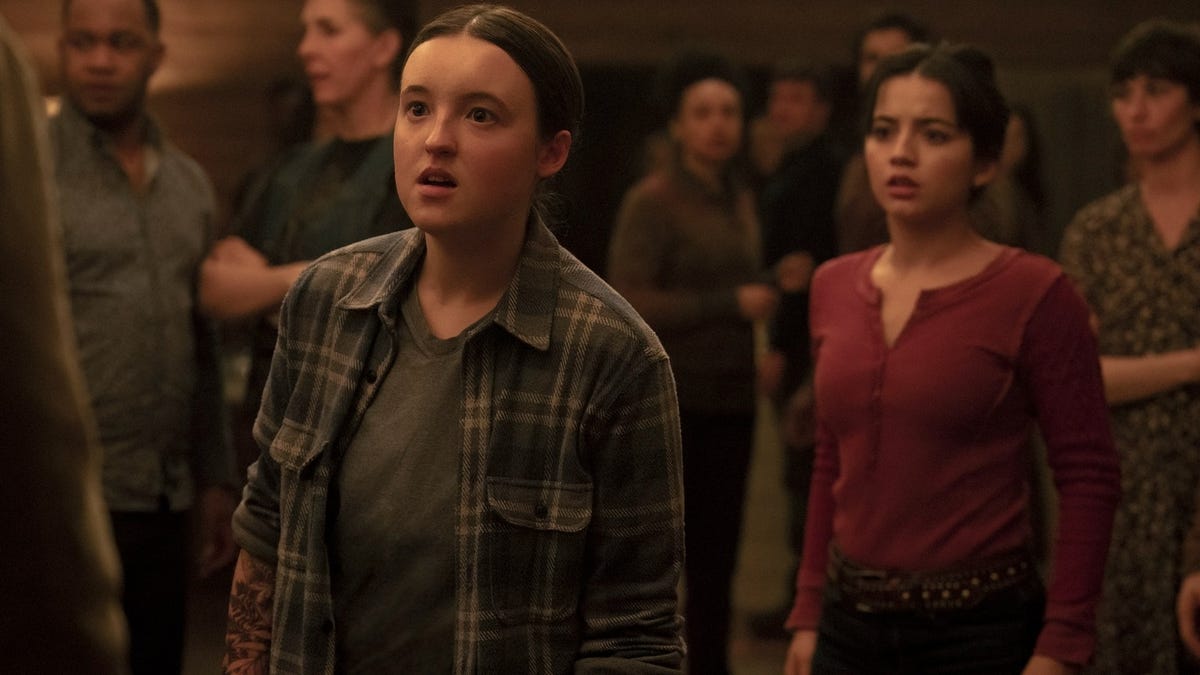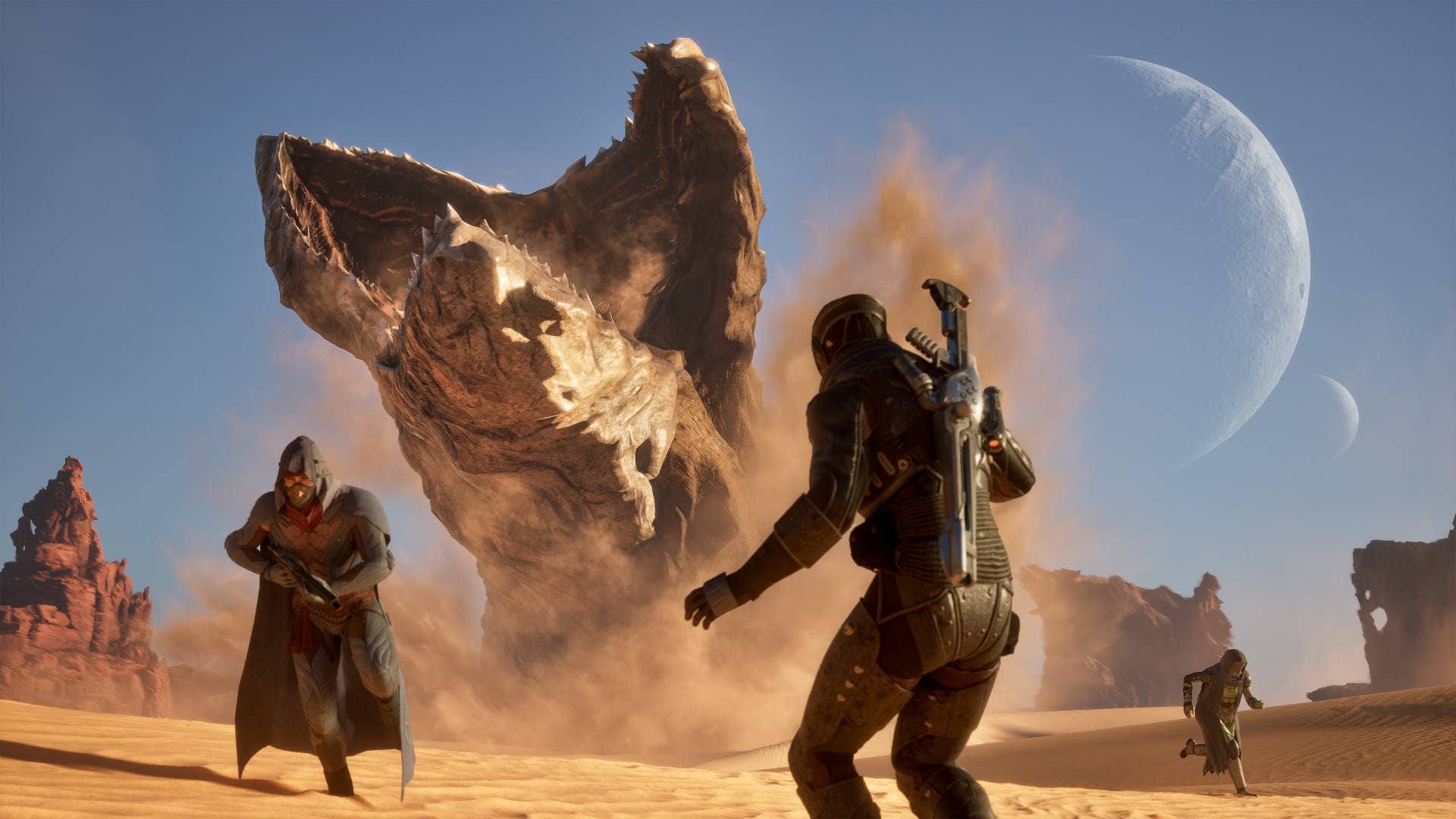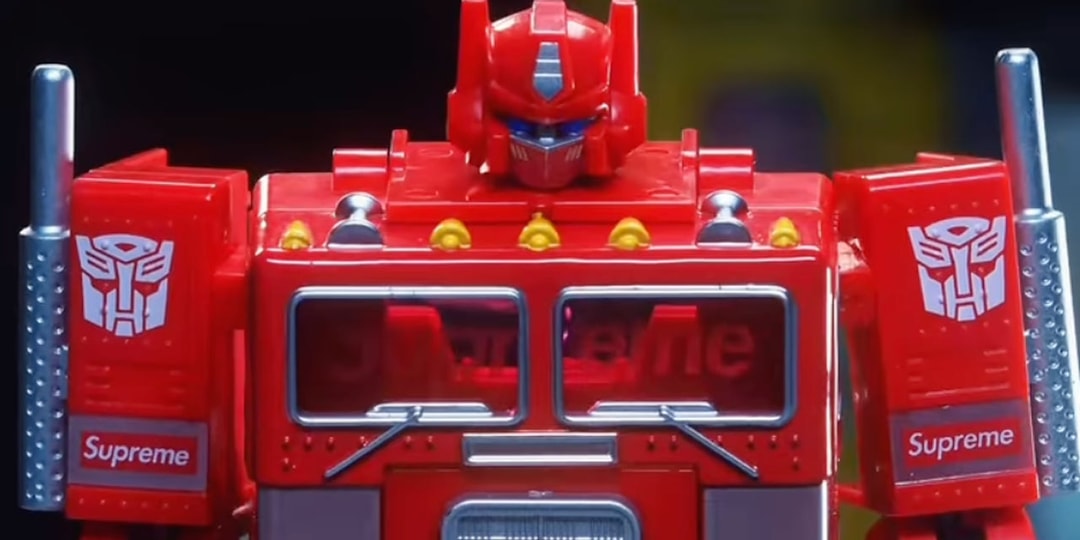The Finals: 5 factors that will shape its esports future
TL;DR The Finals weaponizes destruction, introducing a unique element to the game but also creating dilemmas for its presentation as an esport. It has had its share of missteps along the way with season 3 proving a cautionary tale in misreading your audience. In 2025, The Finals will transition from a grassroots tournament to a … Continued The post The Finals: 5 factors that will shape its esports future appeared first on Esports Insider.


TL;DR
- The Finals weaponizes destruction, introducing a unique element to the game but also creating dilemmas for its presentation as an esport.
- It has had its share of missteps along the way with season 3 proving a cautionary tale in misreading your audience.
- In 2025, The Finals will transition from a grassroots tournament to a formal esports league structure.
- One of the most pressing issues for Embark Studios now is to navigate the balance between competitive and casual audiences to reach the next level.
The Finals isn’t just another shooter; it’s a demolition derby disguised as a game show, where skyscrapers crumble as squads rush to steal the Cash Out. This free-to-play FPS has captivated players with its signature destruction physics and frenetic battles since its 2023 launch. But as The Finals esports push with a $100,000 Major and structured leagues, a critical question emerges: Can a game built on chaos thrive in a competitive esports tournament that demands consistency?
This analysis explores The Finals’ rocky yet promising esports journey, examining how its identity could redefine competitive shooters or collapse under the weight of its own ambition.
What is ‘The Finals’?
The Finals is a revolutionary free-to-play FPS developed by Embark Studios, a team of former Battlefield veterans. Set in a hyper-stylized virtual game show inspired by The Hunger Games, a format ripe for The Finals esports competition, it pits four teams of three players against each other in destructible arenas where every surface can be demolished: walls crumble, floors collapse, and entire buildings can be brought down mid-match.
What sets The Finals apart is how it weaponizes destruction as a core gameplay mechanic. Players don’t just shoot through walls; they strategically demolish entire structures to gain advantages, using the environment as a weapon. This is enhanced by the game’s class system (Light, Medium, Heavy), each with unique movement abilities and gadgets that interact dynamically with the destructible environments.
The presentation fully commits to its game show premise, complete with live announcers reacting to plays and holographic crowds cheering dramatic moments. It’s this combination of visceral destruction physics, class-based tactics, and broadcast-style spectacle that makes The Finals a true next-gen competitive experience where no two matches play out the same. The question isn’t whether The Finals can become an esport — it’s when and how much support it will receive.
How has it changed? An industry perspective
Within esports, The Finals exploded onto the scene with 240,000+ peak Steam players and critical acclaim as a fresh, inventive shooter. This launch period saw players experimenting with diverse weapons and gadgets, though balance issues around the overpowered Heavy class and server instability emerged. While some dismissed it as a tech demo, its potential as a disruptive FPS was undeniable, even as player retention naturally dipped post-launch.
Season 3 became the game’s lowest point, a cautionary tale in misreading your audience. The controversial shift from beloved Cashout to 5v5 Terminal Attack alienated core fans, while technical failures like the poorly optimized Kyoto 1568 map (with its infamously bad spawn points and performance drops) compounded frustrations. Embark’s balanced philosophy of constant nerfs rather than buffing underused options backfired, making Heavy nearly unplayable while cementing a stale Light-class meta.
The redemption came in Season 4 with the return of Ranked Cashout tournaments. Fortune Stadium’s arrival, coupled with new progression systems like sponsor contracts and weapon customization (including alternate sights/scopes), marked a turning point. This season’s success established a template that has carried through to the current Season 6, proving Embark could learn from missteps while staying true to The Finals’ chaotic identity.
The Finals is not without its share of controversies. The game’s player count has declined significantly, with current peaks around 15,000 to 17,000 on Steam. Even though its audience is primarily casual, the skill floor to enjoy the game is higher than its competitors. Solo queue is a frustrating experience, not to mention the concerns with rampant cheating. There always seems to be an issue with balance and overpowered strategies, like when Lights was able to cloak and stun gun for an easy kill.
Another point of contention has been the game’s use of AI-generated voice acting. Developers at Embark Studios have acknowledged utilizing AI for character voices, including announcers and contestants, aiming for efficiency and flexibility in content updates.
Despite it all, The Finals is still going strong and even enjoyed a steady uptick in player count. Its foundational elements are solid: gameplay is polished, its destruction novel, and its unique gameplay is a platform for electrifying moments that could only happen in this game.
The Finals esport push
The Finals esports scene is poised for a major leap in 2025, transitioning from grassroots tournaments to a formal esports league structure. Embark Studios’ $100K Major announcement signals their commitment to building The Finals esports tournament ecosystem. The game’s esports potential was first tested through community-driven events like the $50,000 Twitch Rivals event and the more competitive Finals Masters series.
The first event showcases The Finals at its best: fun and unpredictable yet highly technical. It featured eight teams of three in a chaotic 3v3v3v3 Cashout format, spread over multiple maps in three rotating rounds. Teams earned points based on placement – 10 for first, seven for second, and so on – with overall winners decided by total points across all matches. The event peaked at 41,649 views on Twitch.
The more serious step came with the 2024 Finals Masters Series hosted by Breakout Esports. This year-long circuit ran two competitive splits, each offering qualification to a World Championship. Teams could qualify by winning Masters events or collecting points in online qualifiers.
The Finals World Championship features a two-phase format beginning with a group stage where teams compete in four-team Cashout matches across multiple rounds. Afterward, teams will go head-to-head in a best-of-five format.
Embark Studios officially announced its esports ambitions, revealing the $100,000 Major slated for Q4 2025, featuring open qualifiers and an in-person LAN event. The studio has since rolled out esports-focused updates, including enhanced private matches and spectator modes in Season 6. While no major esports organizations have yet announced dedicated rosters, Embark has actively partnered with grassroots organizers to get the ball rolling.
Five deciding factors for its esports future
Audience readability and spectator issues
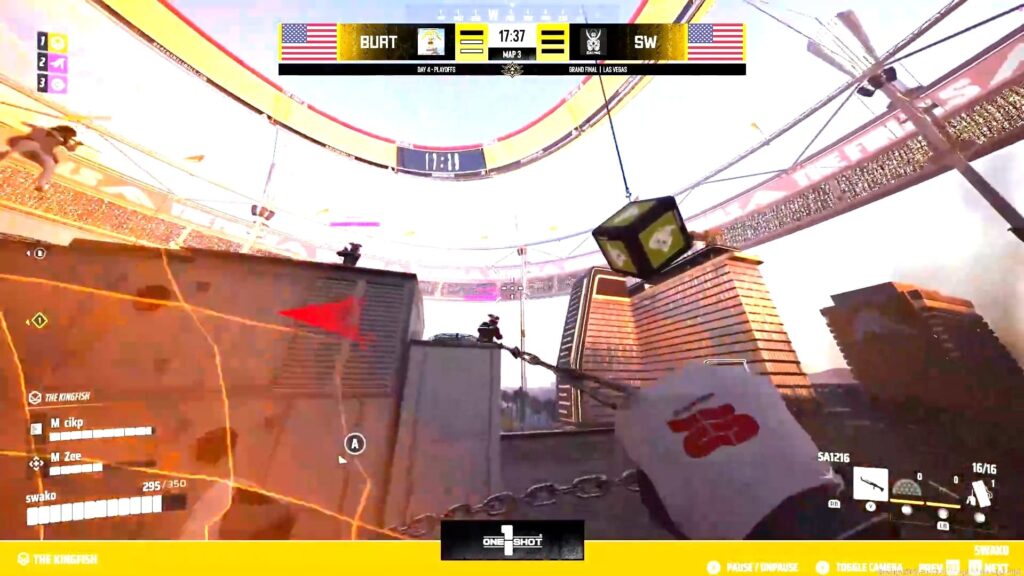
The Finals has the explosive action to thrive as an esport, but its chaotic presentation currently undermines its readability. Matches descend into visual noise for viewers, lacking essential spectator tools like a kill feed, clear team identifiers, or objective progress bars. Without these features, even seasoned casters struggle to narrate key moments, such as team wipes or steal attempts, forcing them to over-explain basics instead of heightening the drama.
The absence of a multi-team kill feed exacerbates confusion in four-team matches, making it unclear who’s fighting whom or which squads are gaining momentum. Objectives like cashouts lack visual urgency, leaving viewers guessing about steal progress or round stakes. While the game’s destruction physics create a spectacle, they often obscure critical details – collapsing buildings or particle effects hide player movements.
GerryTheMusicMan, a Rainbow Six Siege caster who has started casting The Finals, argues, “the viewing experience is far more important in esports than in sports.” Without these fixes, the game risks alienating newcomers despite its competitive depth. For starters, let teams keep their color between rounds and customize their names.
New player onboarding and retention
The Finals has made strides in onboarding new players, but retention remains a mixed bag. The game drops players where initial matches serve more as exposure than true tutorials. Retention struggles are partly due to a steep learning curve and matchmaking that can pit new players against highly experienced, organized squads.
Updates that cater to growing and retaining its player base should be the highest priority. Casual game modes like the 5v5 Power Shift and Team Deathmatch are a hit with players since it offers a hit of its great gameplay in a less stressful environment. Progression systems with challenges to unlock rewards, like sponsors and World Tour, give players an incentive to play the game in different ways.
A proper solo queue mode, where matches are filled with The Finals esports teams made up of solo players, could help alleviate the tremendous gap. Even so, this doesn’t guarantee that the casual audience will connect with the esports scene; just look at the low viewer count of the World Grand Finals, despite its excellent production value.
Competitive identity crisis
The Finals is torn between two visions: the chaotic sandbox shooter and its destruction physics promise, and the balanced competitive experience and its esports ambitions demand. Its emergent gameplay systems and multi-squad battles are its lifeblood, yet these same systems frustrate competitive players seeking consistency.
This conflict is most apparent in Cashout, the game’s flagship mode. While brilliantly innovative in concept, its competitive viability remains questionable. The mode’s core mechanics, stealing cashouts, last-second turnovers, and the constant threat of third-partying prioritize drama over fairness. In casual play, these lead to exhilarating comebacks, but in ranked, play they can undermine strategic play. Even so, the players crave Cashout, and Embark should take another pass at its design.
For The Finals esports to thrive, its competitive matches should represent the same matches players can experience at the casual level. Its gameshow aesthetic and gameplay systems shine during fast-paced gameplay. Its in-game Ranked mode features a knockout system throughout many rounds to determine the winner, culminating in a tense two-team duel; it could be explored further by looking at the current esports battle royales. Stick to what makes The Finals unique, and don’t work against it to prevent the players from disconnecting from the pros.
Leverage online ranked
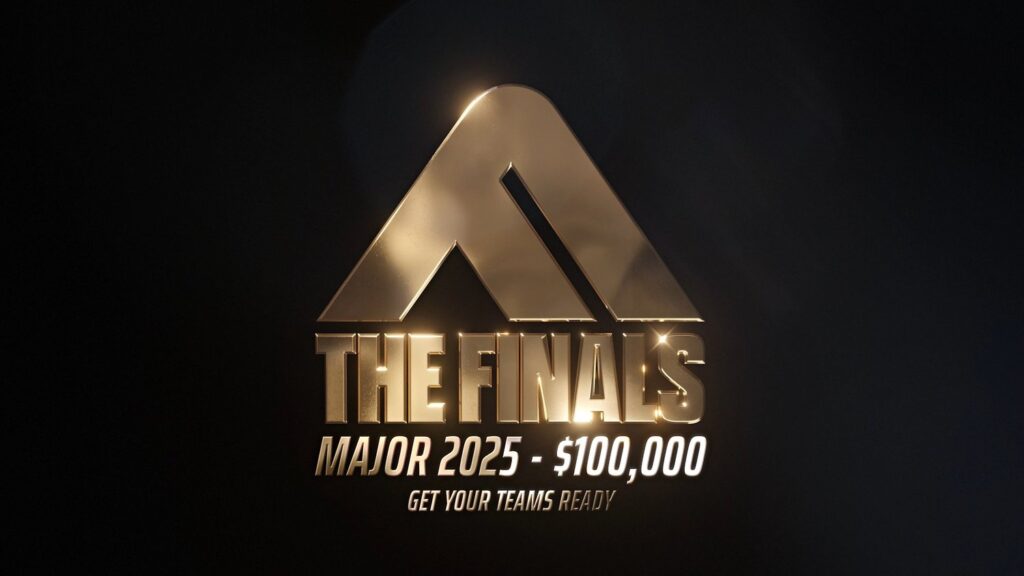
The launch of The Finals esports tournament circuit has ignited interest among competitive players, but ranked mode must evolve to support this growth. Embark Studios should look to proven models from games like Fortnite and Counter-Strike. Weekly or monthly open qualifiers, similar to Fortnite’s Cash Cups or CS’ FACEIT leagues, would give top-ranked players a clear pathway to semi-pro competition without excessive barriers.
That said, competitive integrity remains a hurdle. Issues like cheating and no-hit registration risk undermining ranked play and tournaments. Embark must implement stricter anti-cheat measures if there’s any hope for integrity in online play. Additionally,
replay review systems or allowing players to view these matches (similar to Dota 2, allowing players to spectate high MMR matches) would expose more players to pro play. Moreover, content creators and analysts can use these matches to showcase technical plays from the game.
Competitive players will always gravitate towards ranked for fairer play. However, a majority of players vastly prefer World Tour mode for its progression, lower stakes, and better matches compared to Quick Play. Decent players are guaranteed to receive all rewards since it’s a matter of time and commitment. Streamlining or expediting this progression track could encourage more players to try ranked.
Balance and rulesets
Embark quickly addresses issues regarding overpowered builds or exploits, like attaching deployables to an explosive throwable to make an improvised nuke. However, as these alternate playstyles get nerfed, the game trends towards streamlined, homogenous weapons and gadgets. At the highest level, players tend to gravitate towards safe weapons like Assault Rifles for consistency, but these niche picks are healthy for esports viewership. Competitive players will always math out the best options, and it’s up to Embark to equalize the playing field.
As The Finals esports league, Embark is about to navigate the delicate tightrope of balancing for competitive and casual audiences. Games like Overwatch and Apex Legends demonstrate the risks of over-prioritizing pro play: stale metas, fractured communities, and a loss of casual appeal. Now more than ever The Finals needs to retain its strong core playerbase before it could jump into esports.
Competitive rulesets certainly help, as long as they aren’t too restrictive. Breakout has also introduced many house rules to ensure balance and variety, like not allowing teams to stack particular gadgets and specializations. These allow pro players to enjoy some separation without affecting all play manners.
Is The Finals signature destruction mechanic fit for esports?
The Finals’ physics-based destruction isn’t just a gimmick; it’s the game’s greatest competitive differentiator. Where other shooters limit environmental interaction to predetermined paths (like Rainbow Six Siege‘s controlled destruction), The Finals embraces full chaos as its defining feature, not a bug.
While some argue that the randomness can occasionally lead to unfair situations, such as debris blocking sightlines or cashouts falling in tough positions, these moments test true mastery of the game’s systems. The best competitors don’t just react to destruction; they anticipate and weaponize it. It’s not random, as all players have access to the same tools to deal with these situations.
Rather than watering down this signature mechanic for esports, The Finals should lean into it as its selling point. The destruction creates highlight-reel moments that make the game uniquely watchable while demanding skills no other competitive shooter tests. It creates moments that are only possible in The Finals. This isn’t a balance problem to solve; it’s the game’s competitive soul that sets it apart. The Finals’ esports future lies not in restricting its destruction but in celebrating it as the ultimate equalizer where creativity and adaptability trump rote execution.
Conclusion
The Finals stands at a crossroads between its chaotic sandbox roots and competitive aspirations, but this tension could be its greatest strength. While challenges like spectator clarity, ranked integrity, and onboarding need refinement, the game’s destruction physics and emergent gameplay offer something truly unique in esports. Rather than compromising its identity, The Finals should double down on what makes it special: the ability to turn its thematic gameshow into a spectacle worth watching.
The recent esports initiatives prove the game can thrive competitively when it embraces its unpredictable nature. With improved spectator tools, balanced but creative rulesets, and a focus on making high-level play accessible, The Finals could redefine what a competitive shooter can be. The path forward isn’t about becoming another cookie-cutter esport but about proving that controlled chaos can coexist with elite competition. The Finals esports future hinges on embracing its identity while solving core competitive issues. If successful, it could attract top esports teams and establish itself as the most innovative FPS esports tournament circuit in years
FAQs
A free-to-play, team-based FPS featuring destructible environments and a game show format developed by Embark Studios.
Anyone can join open qualifiers, while top-ranked players and teams may advance to official tournaments like the $100K Major.
Prize pools vary, but the upcoming Major offers $100K, with winners typically earning the largest share (exact splits unconfirmed).
References
The post The Finals: 5 factors that will shape its esports future appeared first on Esports Insider.































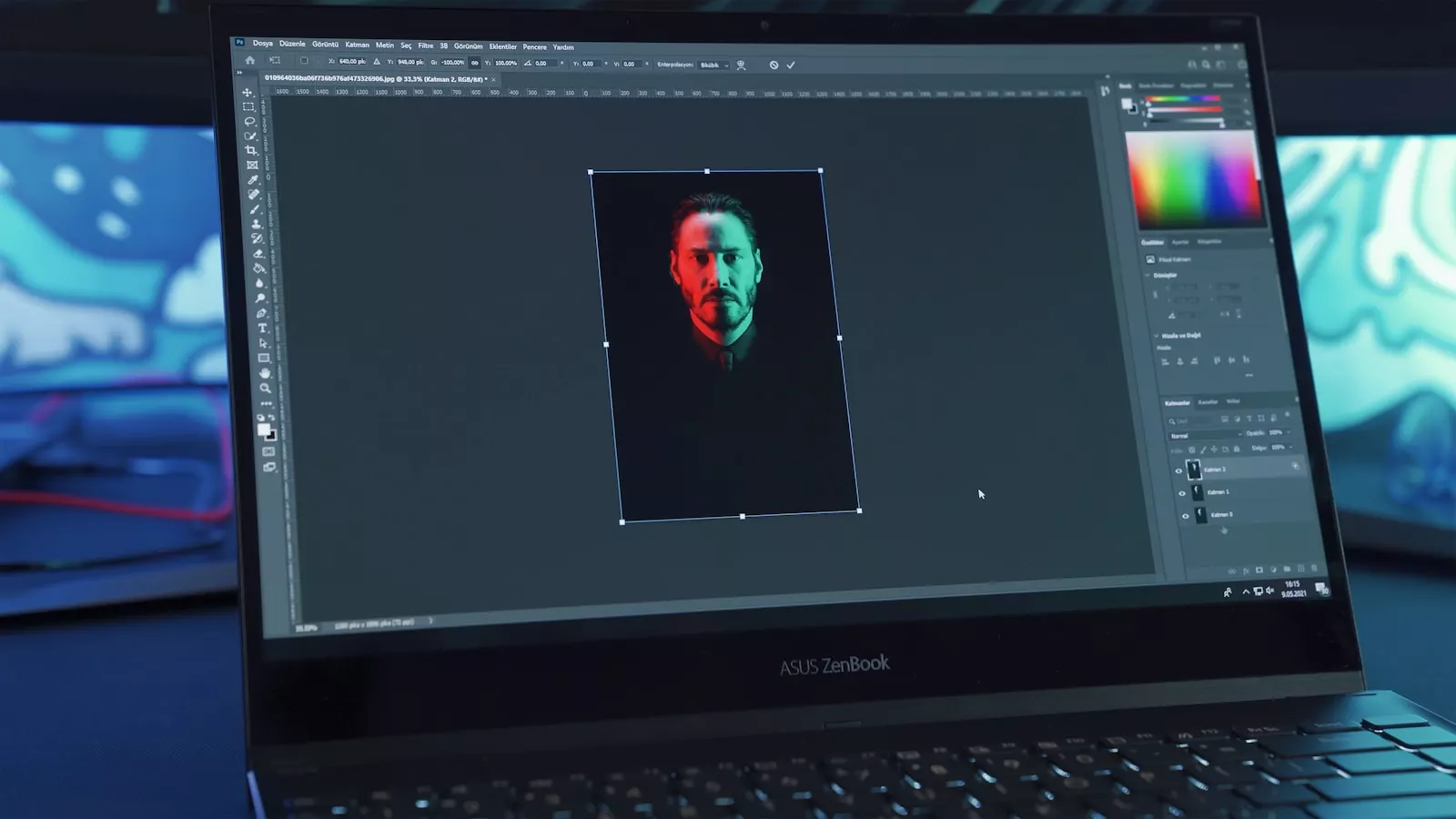




























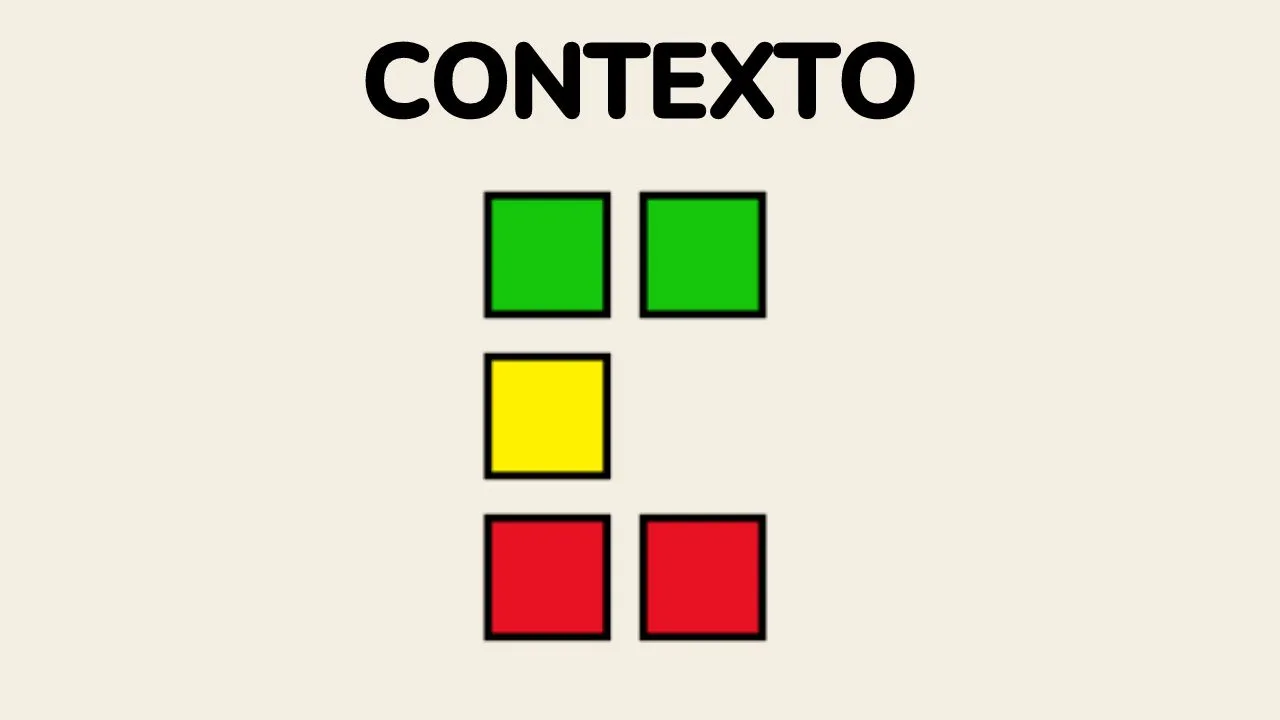

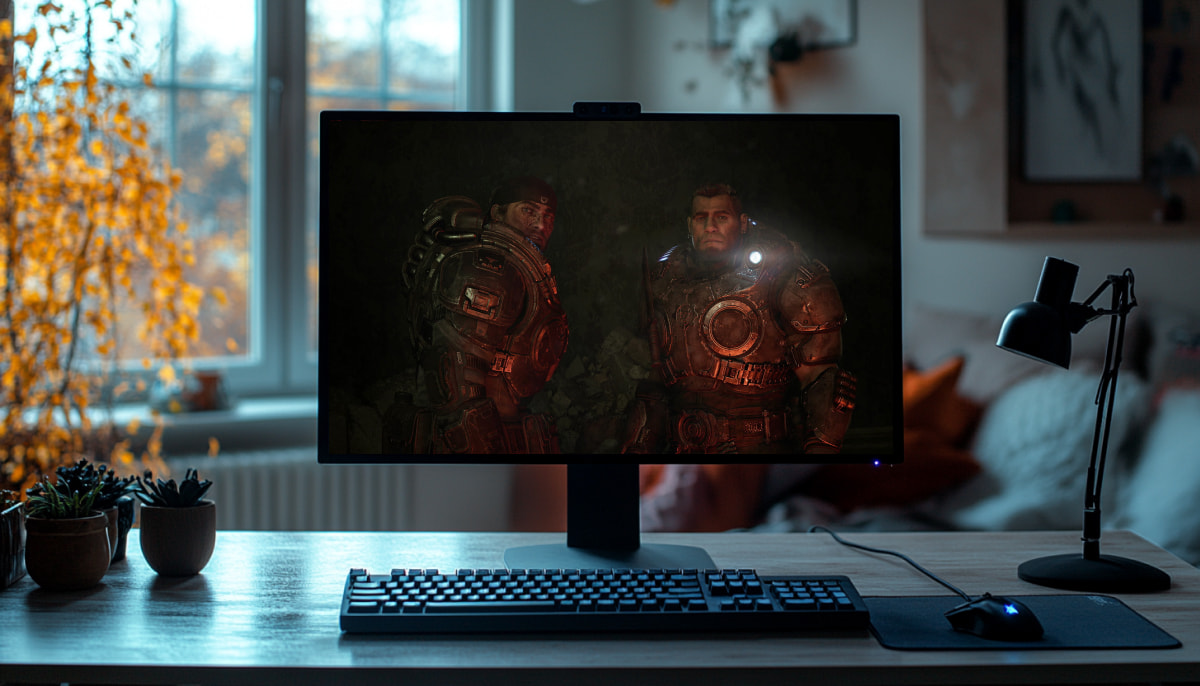



-Baldur’s-Gate-3-The-Final-Patch---An-Animated-Short-00-03-43.png?width=1920&height=1920&fit=bounds&quality=70&format=jpg&auto=webp#)














